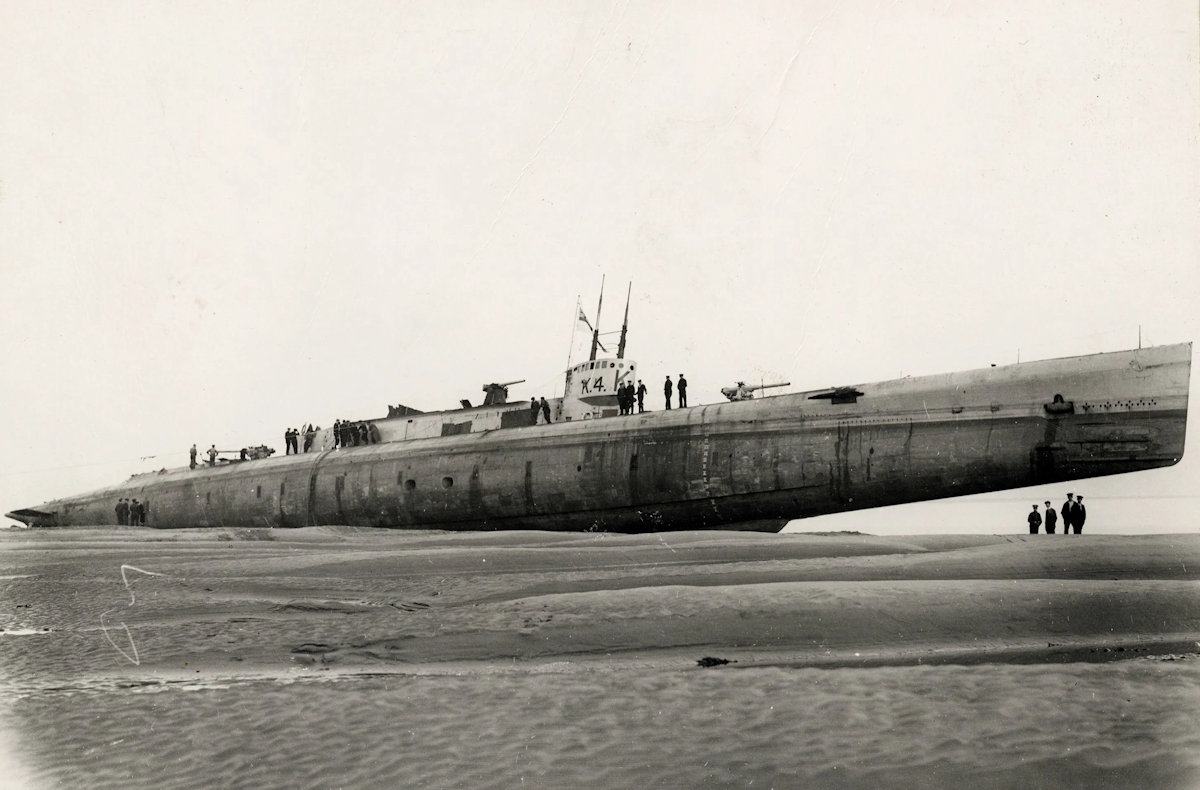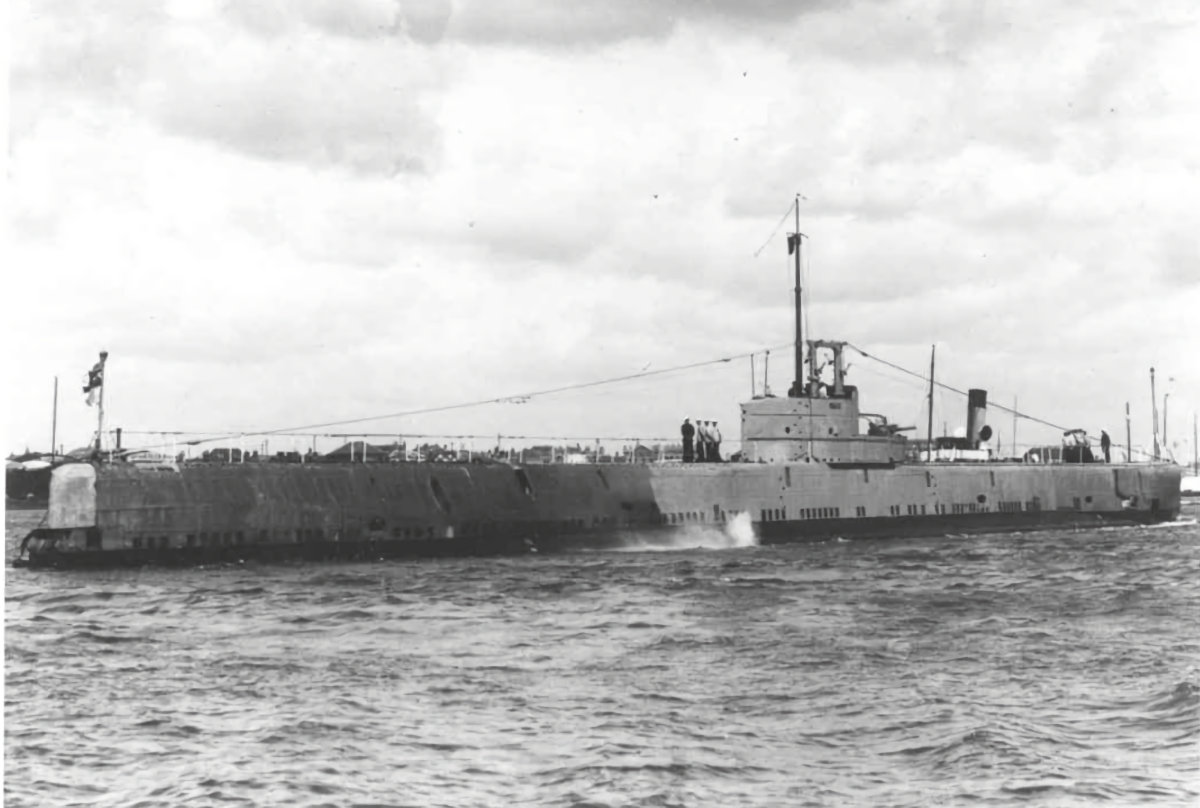Tag: naval
-
British Submarine HMS K4

British Submarine HMS K4 HMS K4 was a K-class submarine of the British Royal Navy. Launched on 13 July 1916, she was commissioned on 1 January 1917. K4 had an accident prone career, first being stranded on Walney Island in January 1917, followed by a collision with HMS K1 on 17 November 1917. This resulted… Read more
-
British Submarine HMS Seal

British Submarine HMS Seal HMS Seal was a Grampas-class minelaying submarine of the British Royal Navy. Launched on 28 September 1938, she was commissioned on 28 January 1939. On 4 May 1940 after laying a minefield in the Skagerrak, Seal was hunted by German trawlers after being spotted by aircraft. Successfully avoiding the trawlers, she… Read more